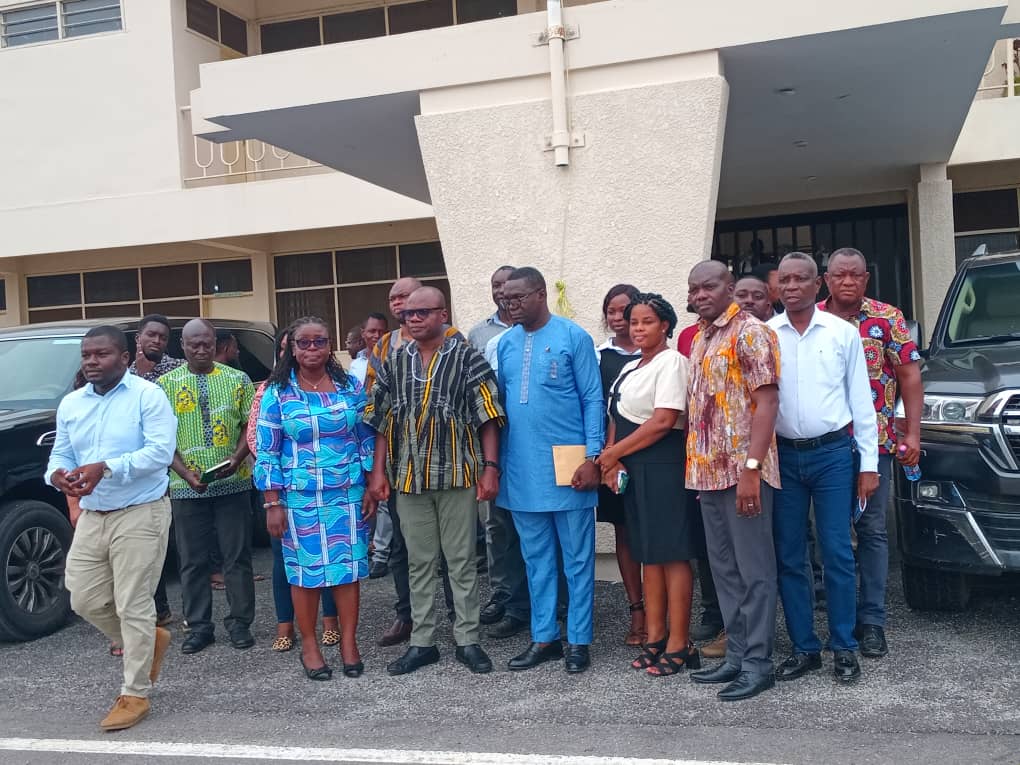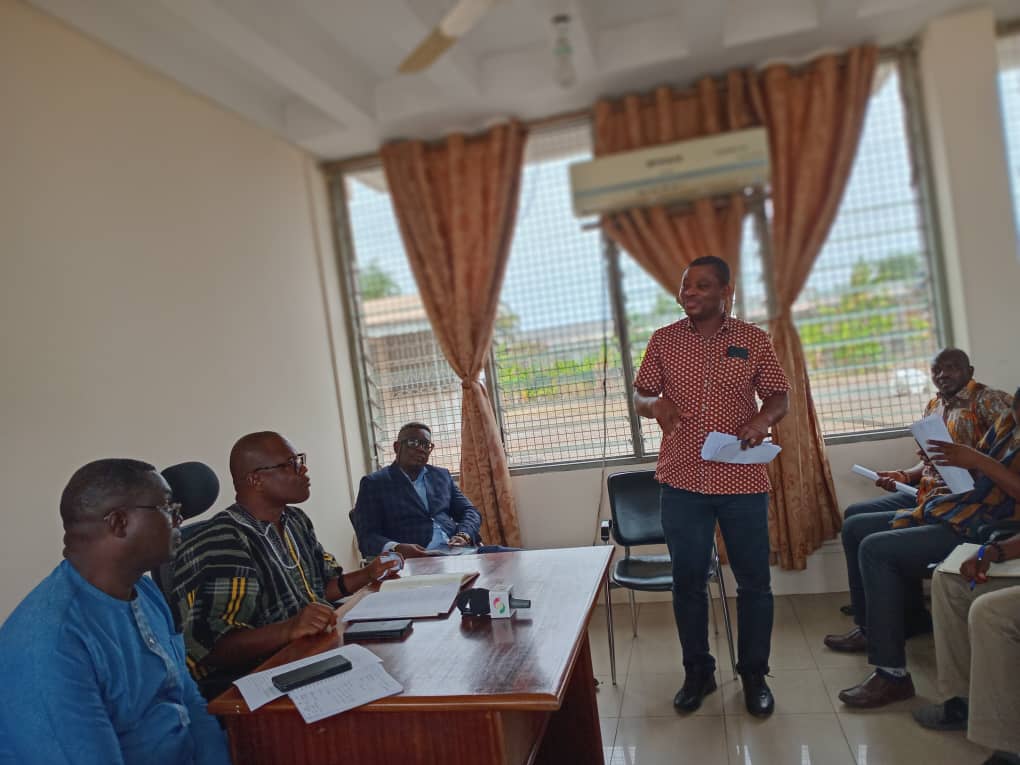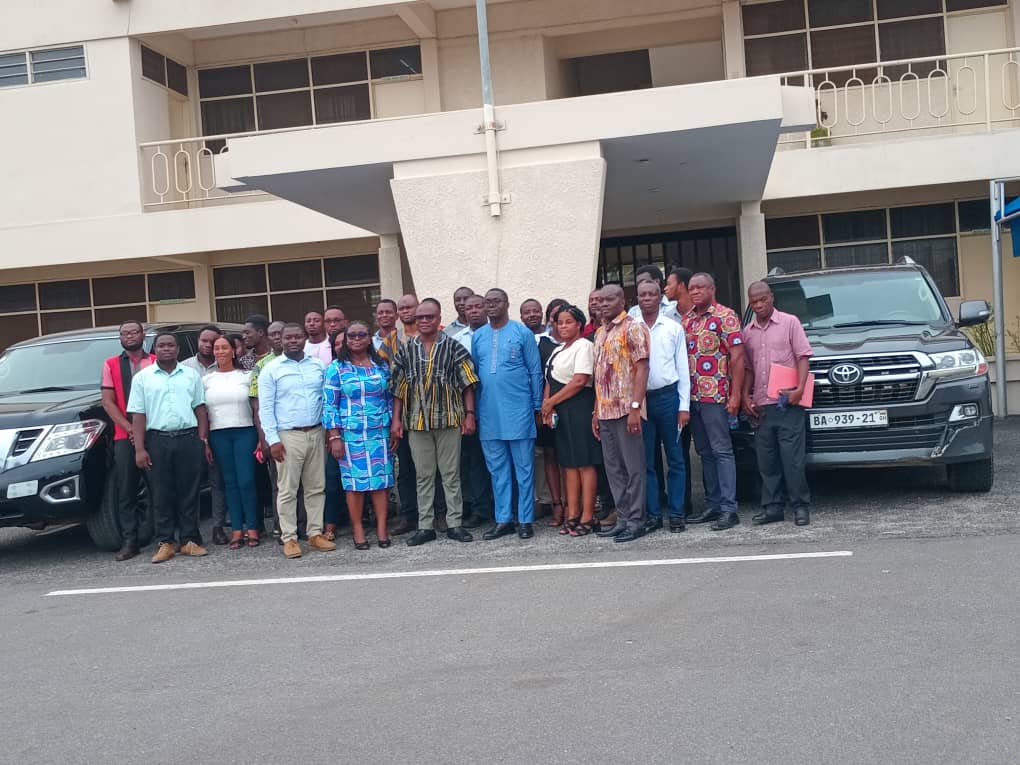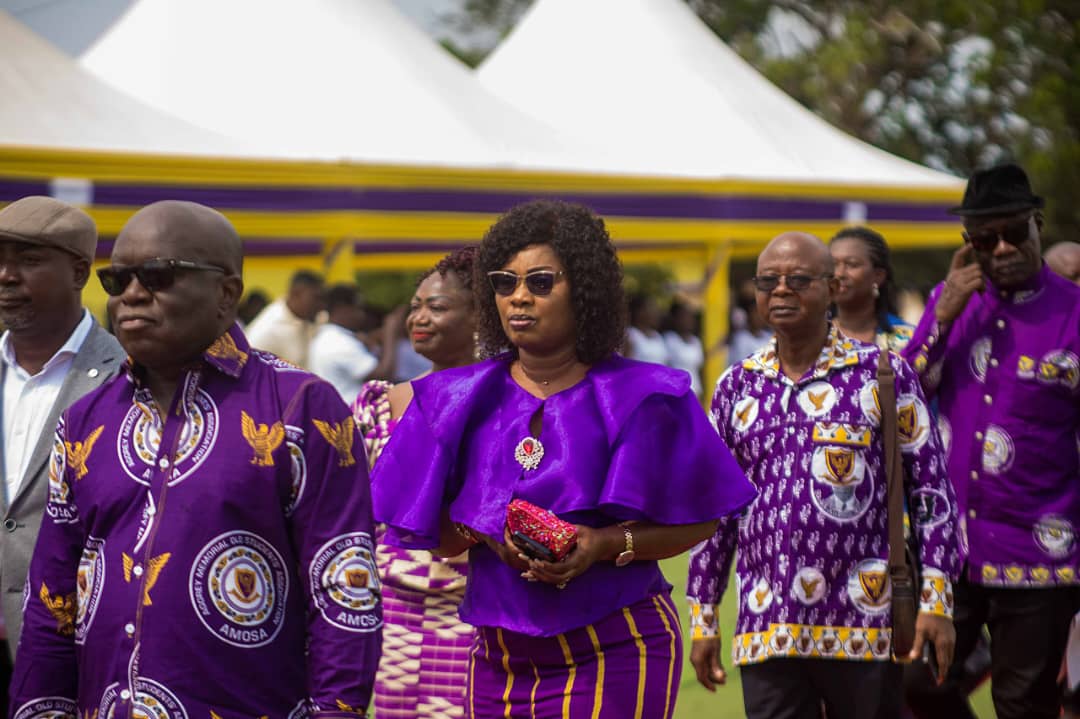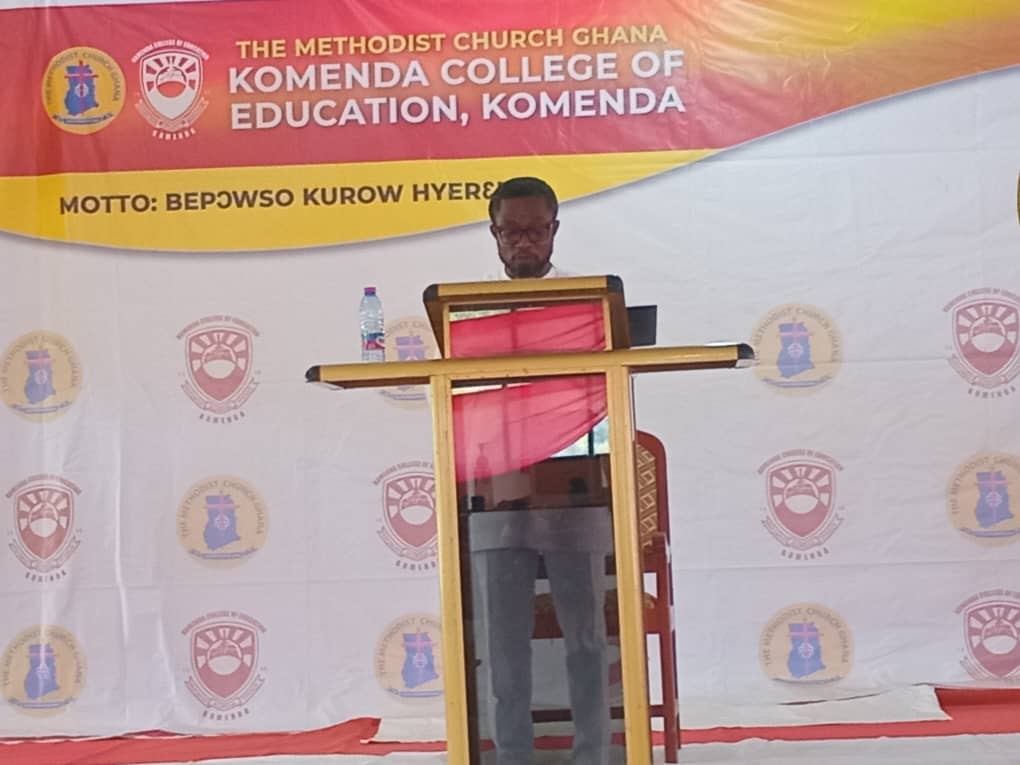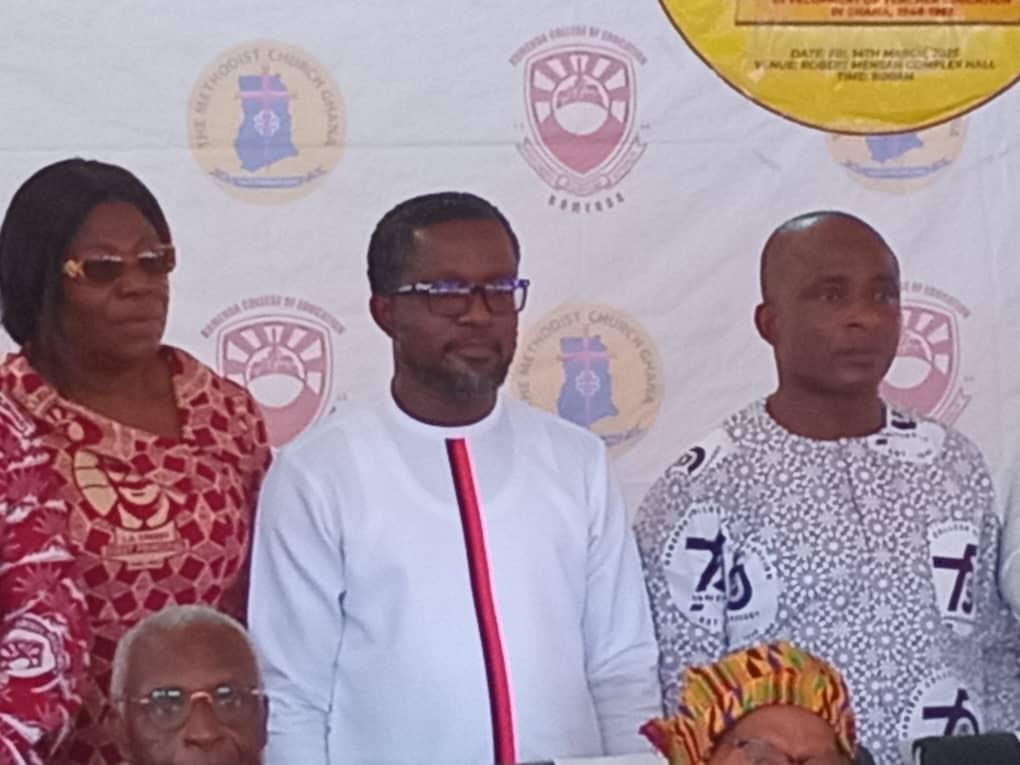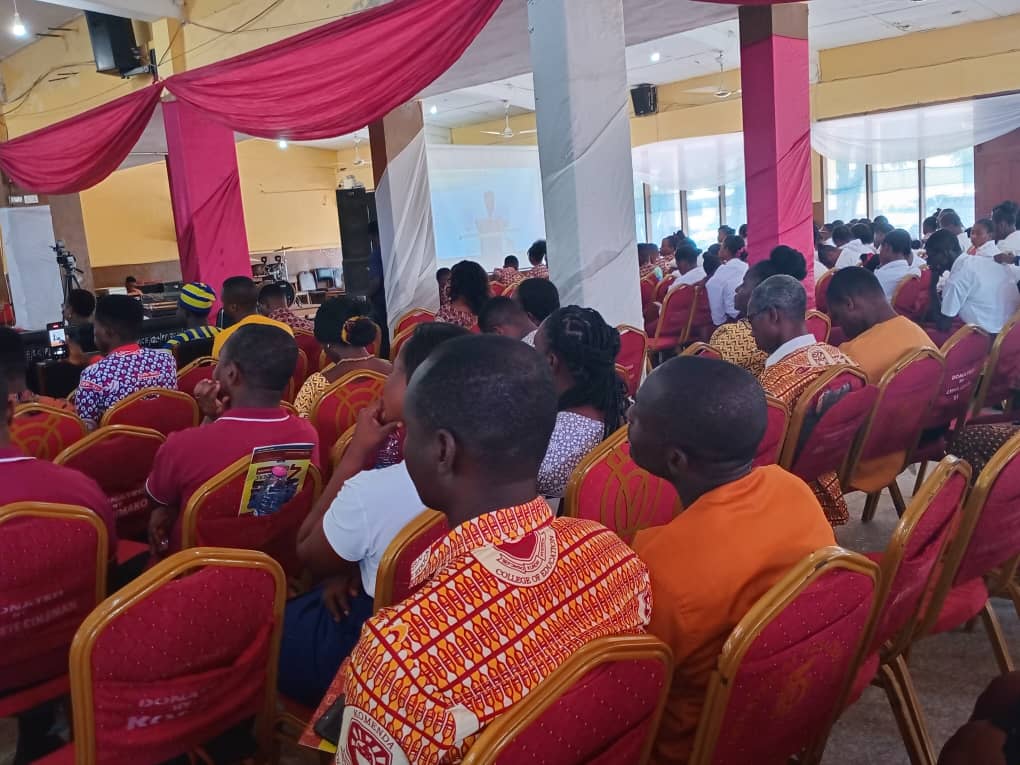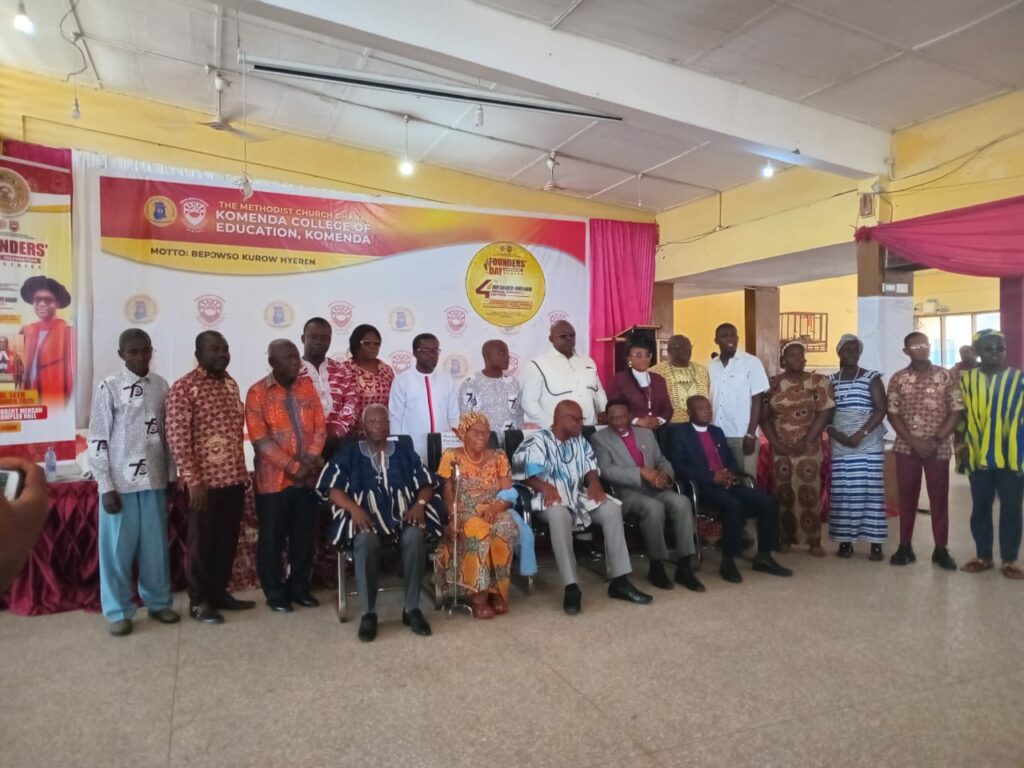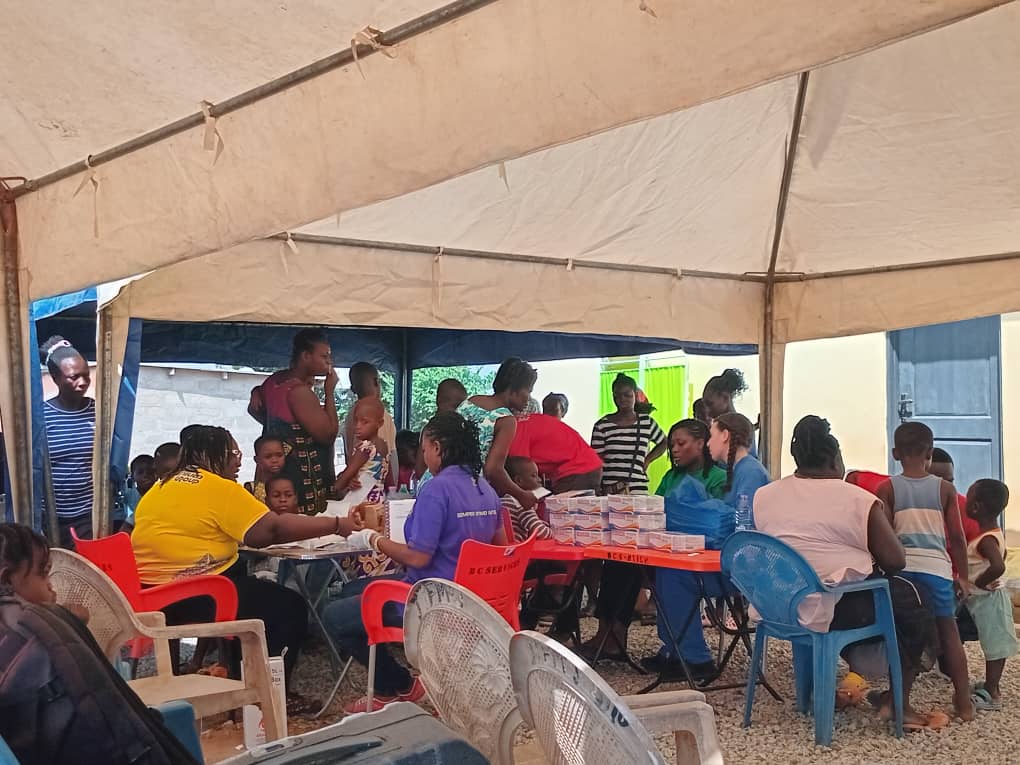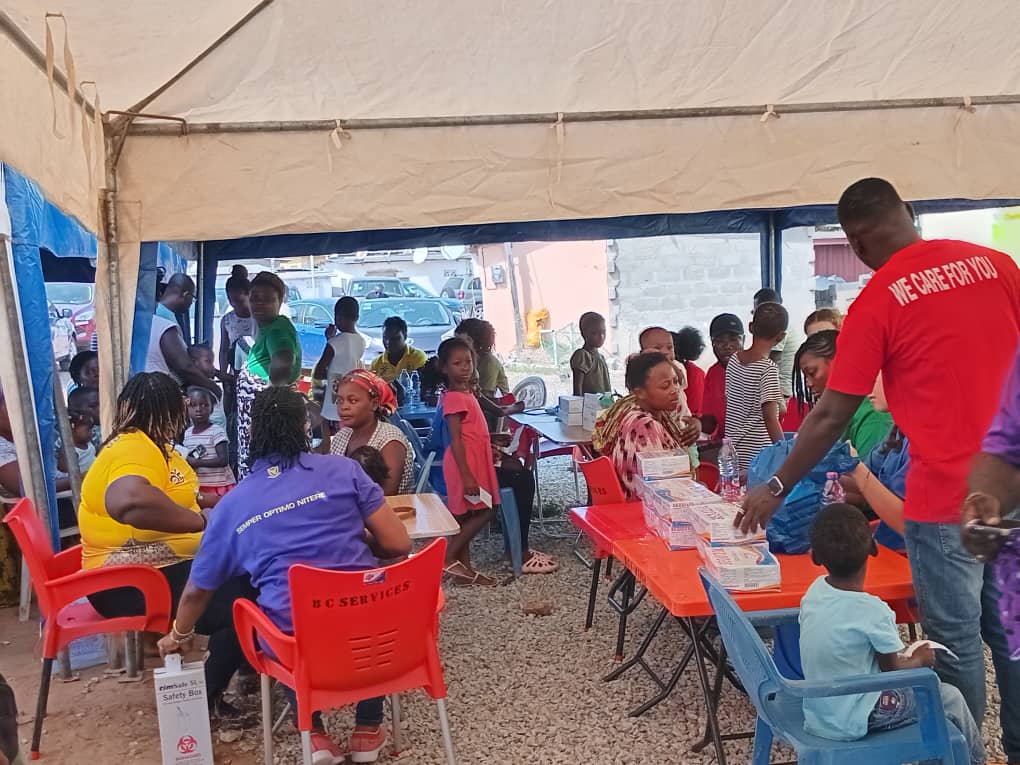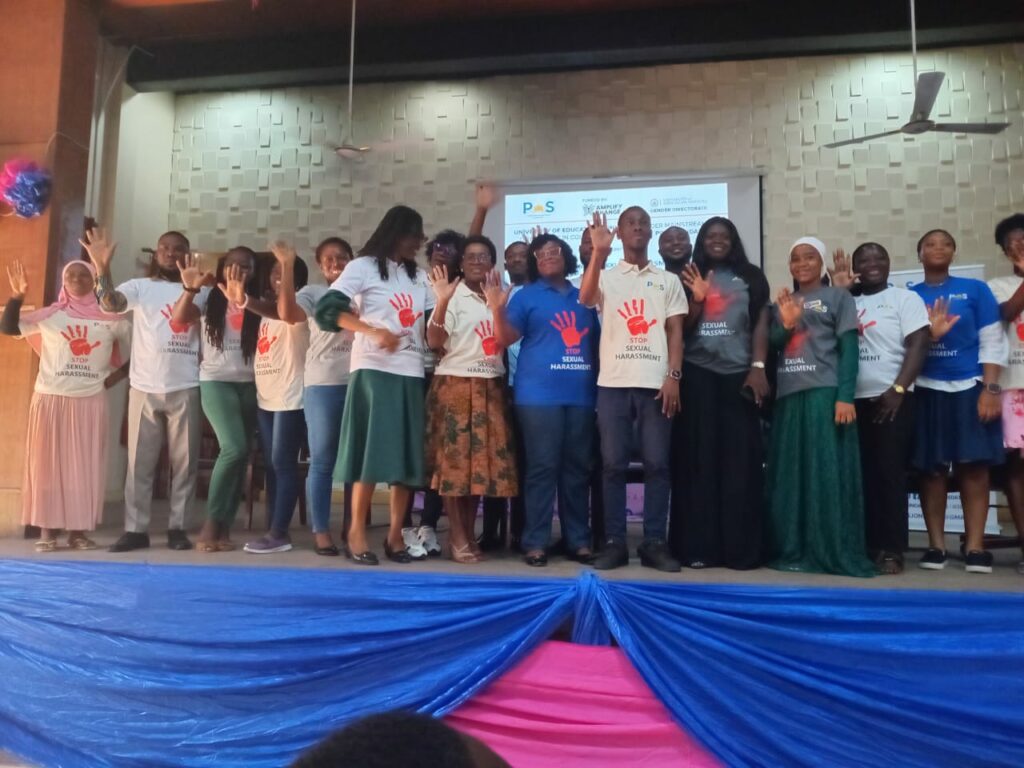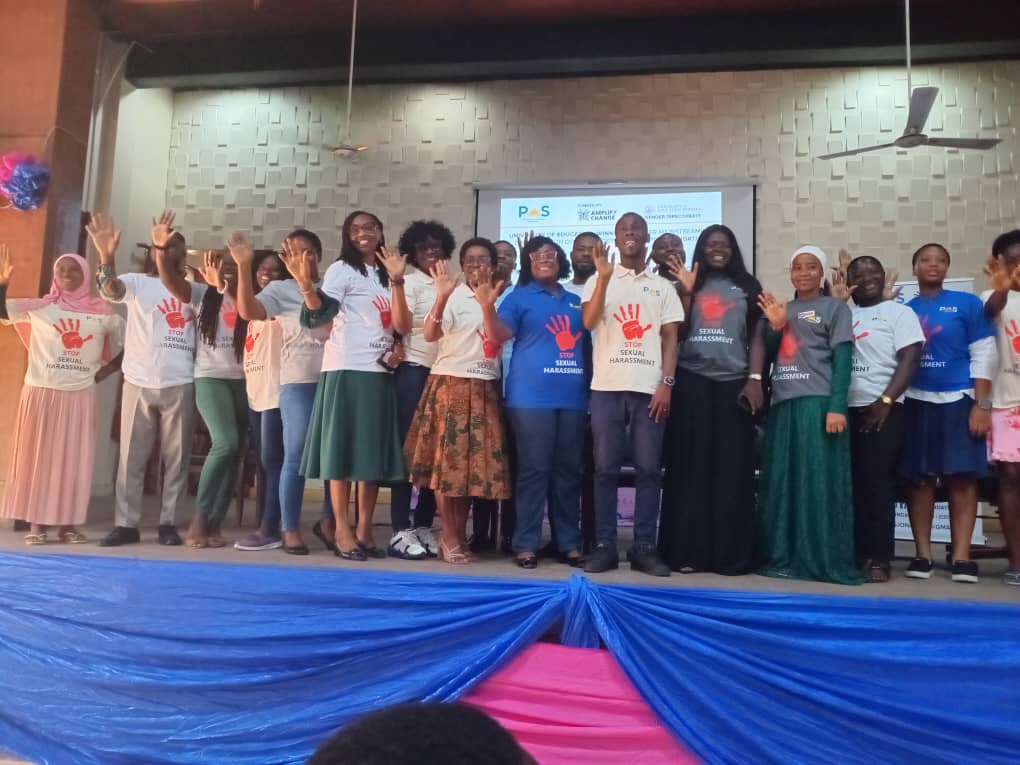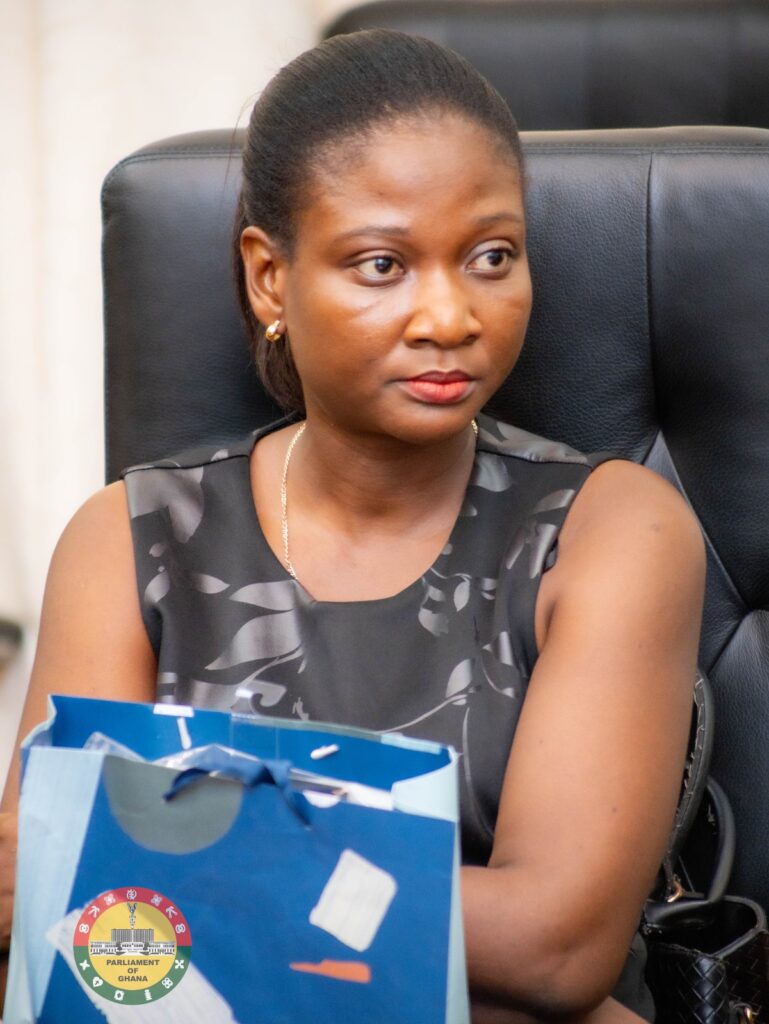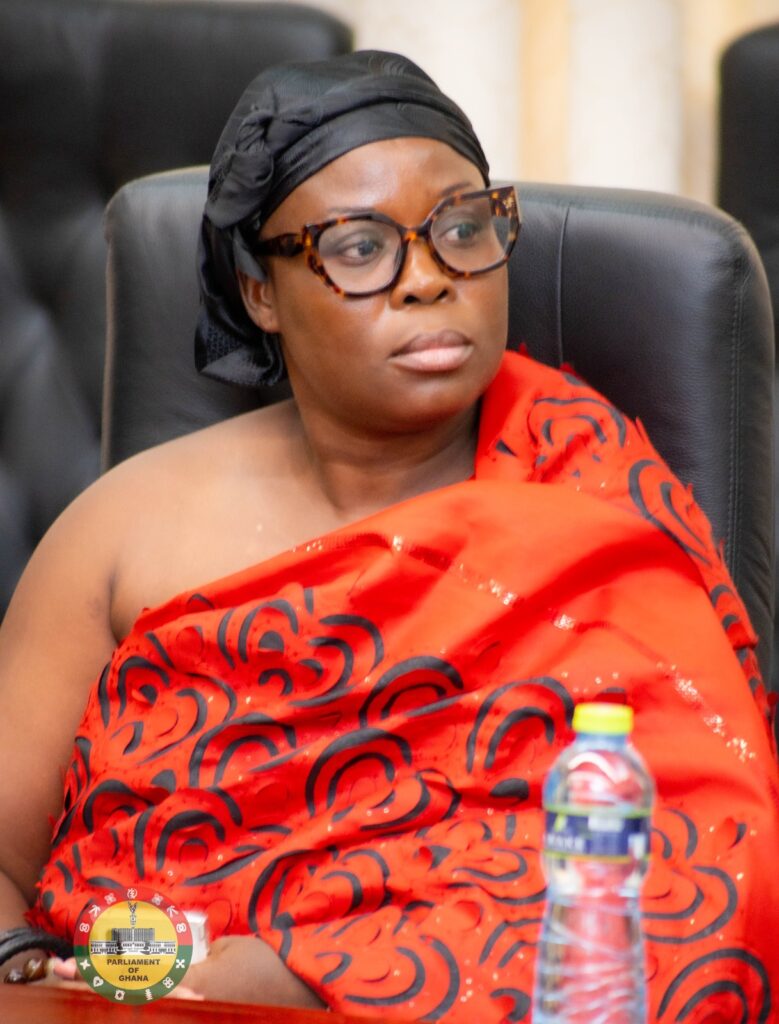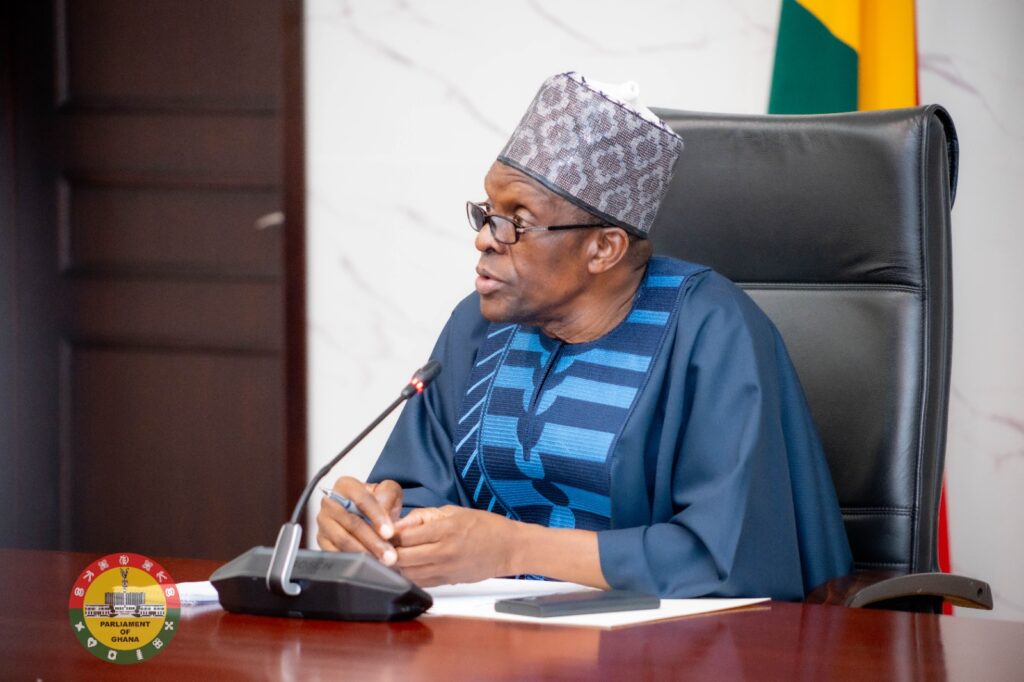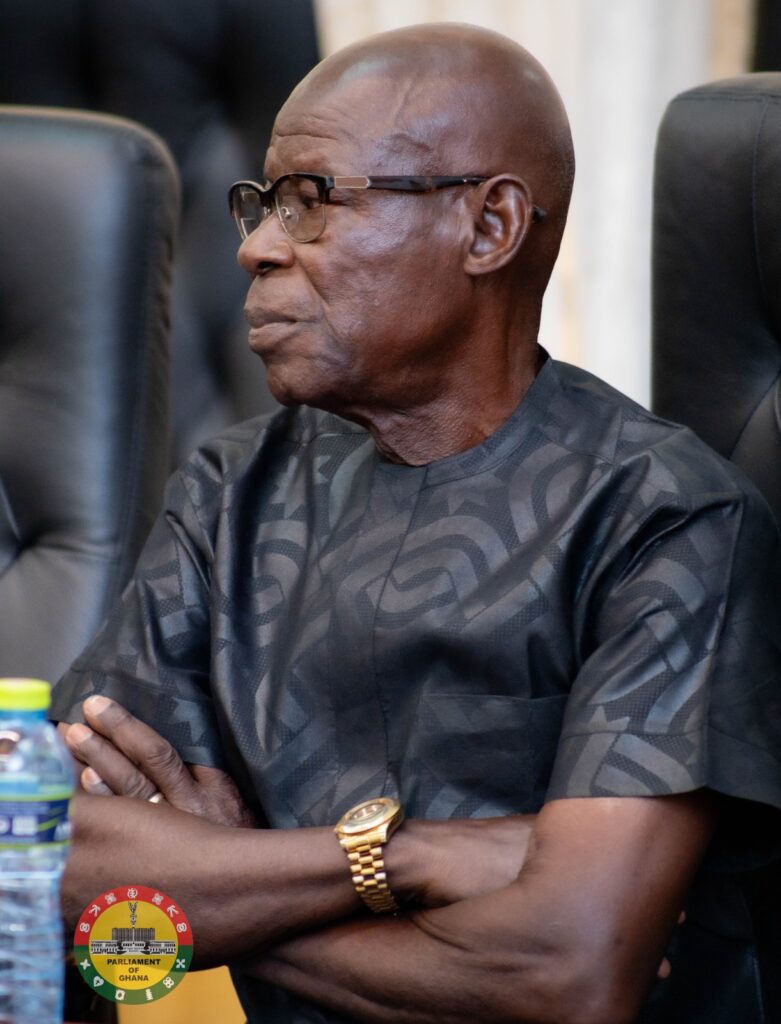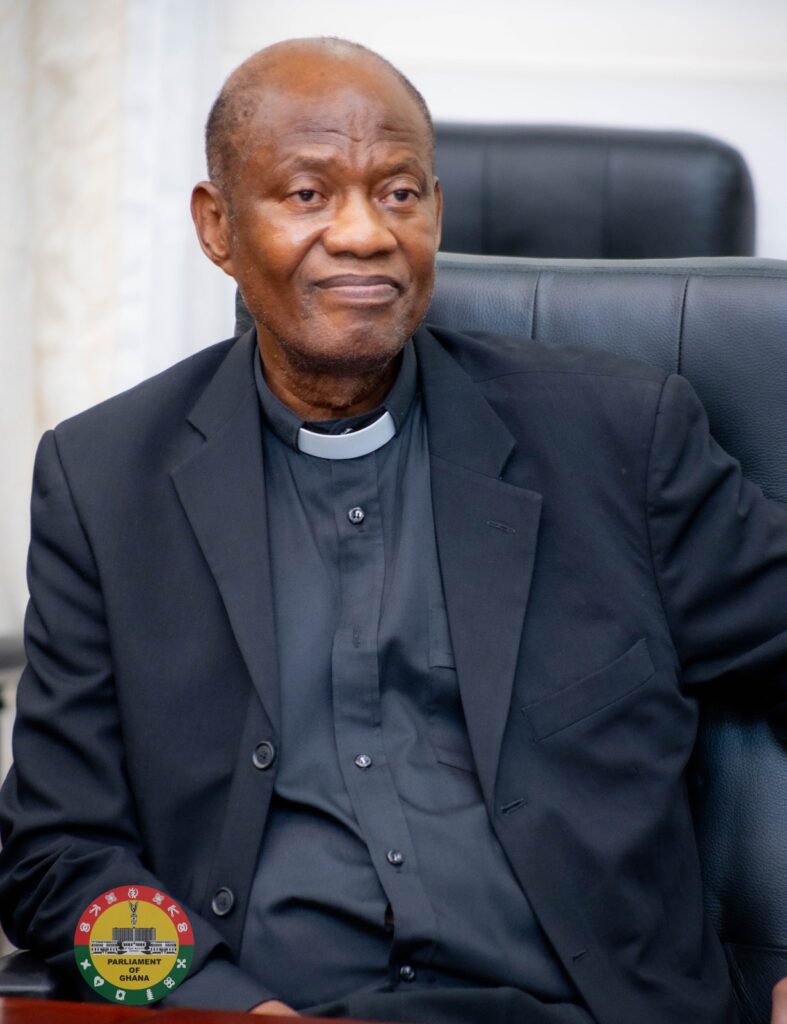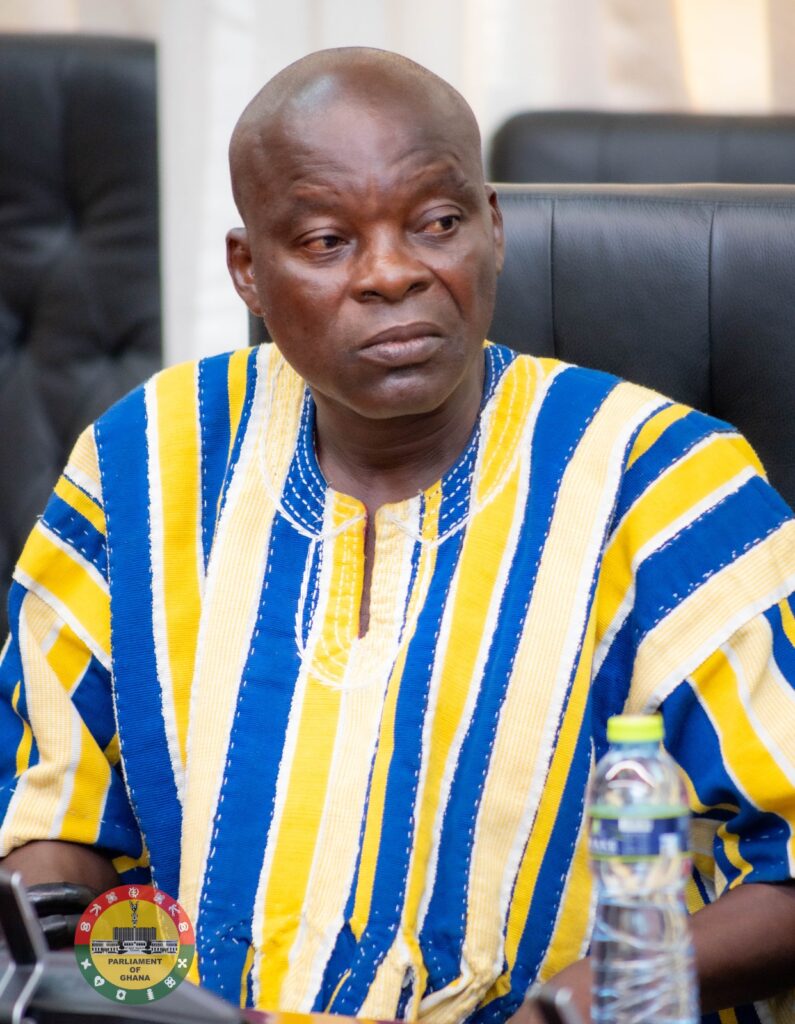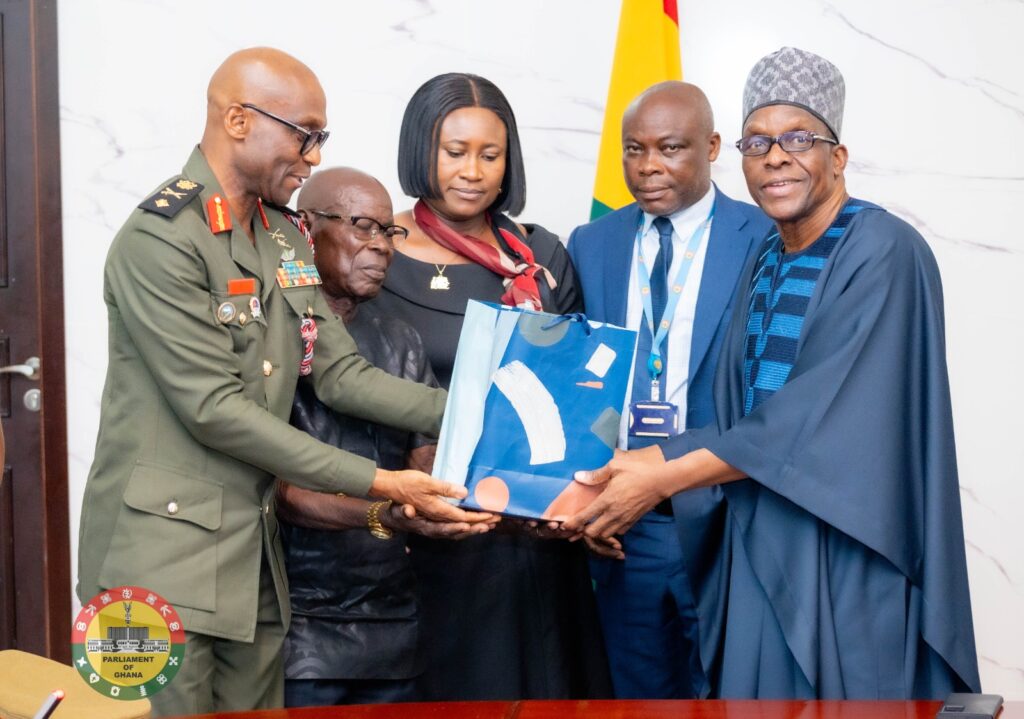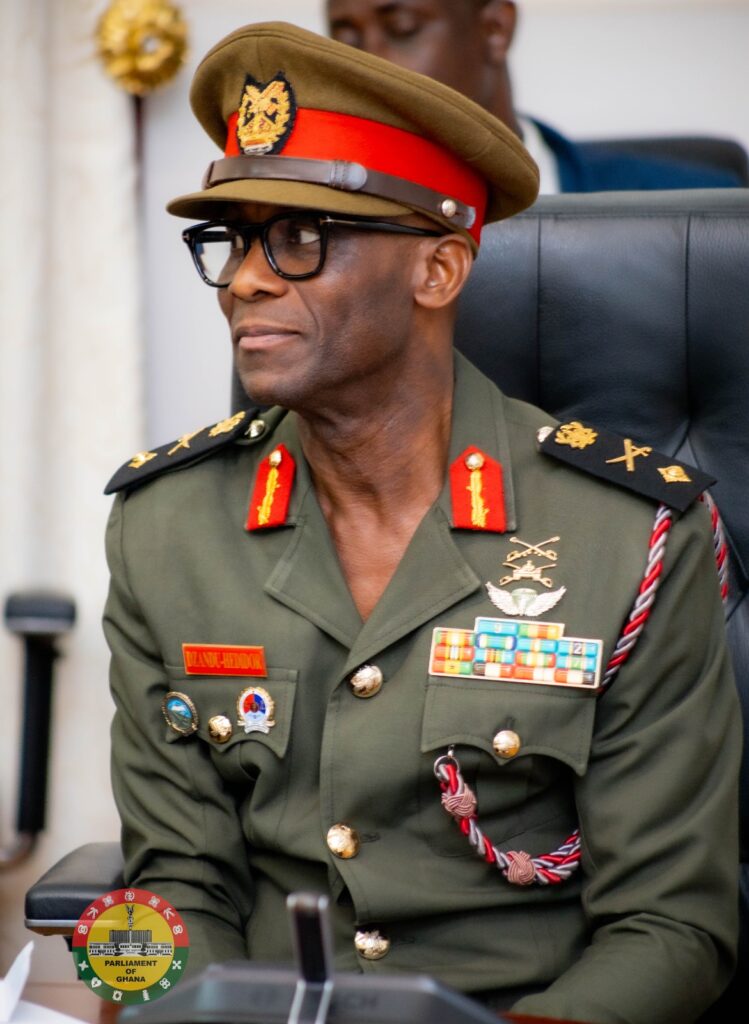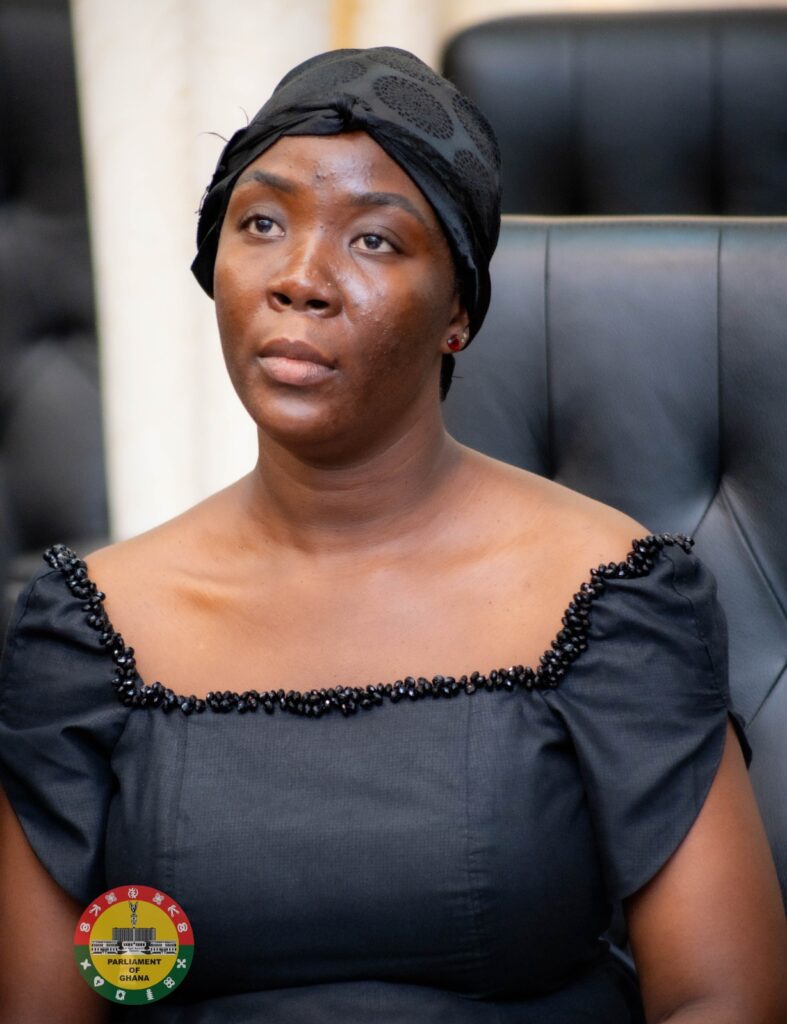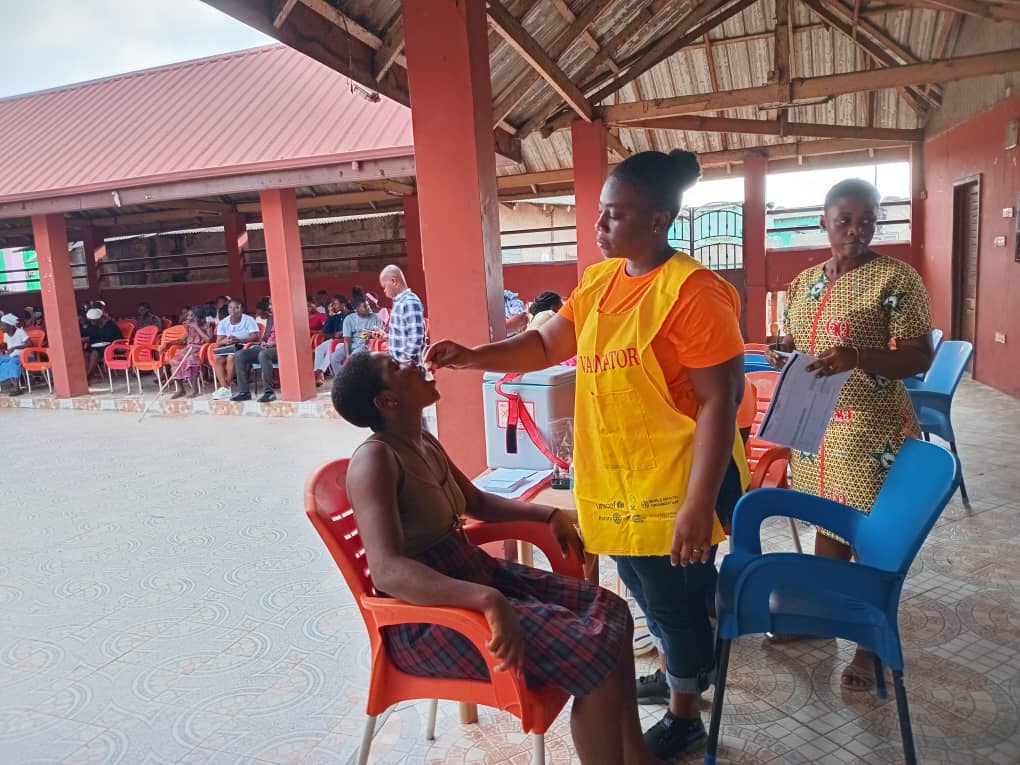From Joana Kumi, Cape Coast
The Central Regional Manager of Ghana Water Limited (GWL), Ing. John Eric Kwofie, has disclosed that outstanding arrears owed to the company in the region have reached a staggering GH₵69,517,644.05.
He expressed grave concern that the accumulation of these debts was significantly hampering the company’s ability to operate efficiently, affecting service delivery and the overall sustainability of water supply in the region.
Speaking at a media engagement to commemorate World Water Day under the theme “Water Conservation: Let’s Make It Our Way of Life,” Ing. Kwofie emphasized the urgent need for customers to honor their financial obligations to the company.
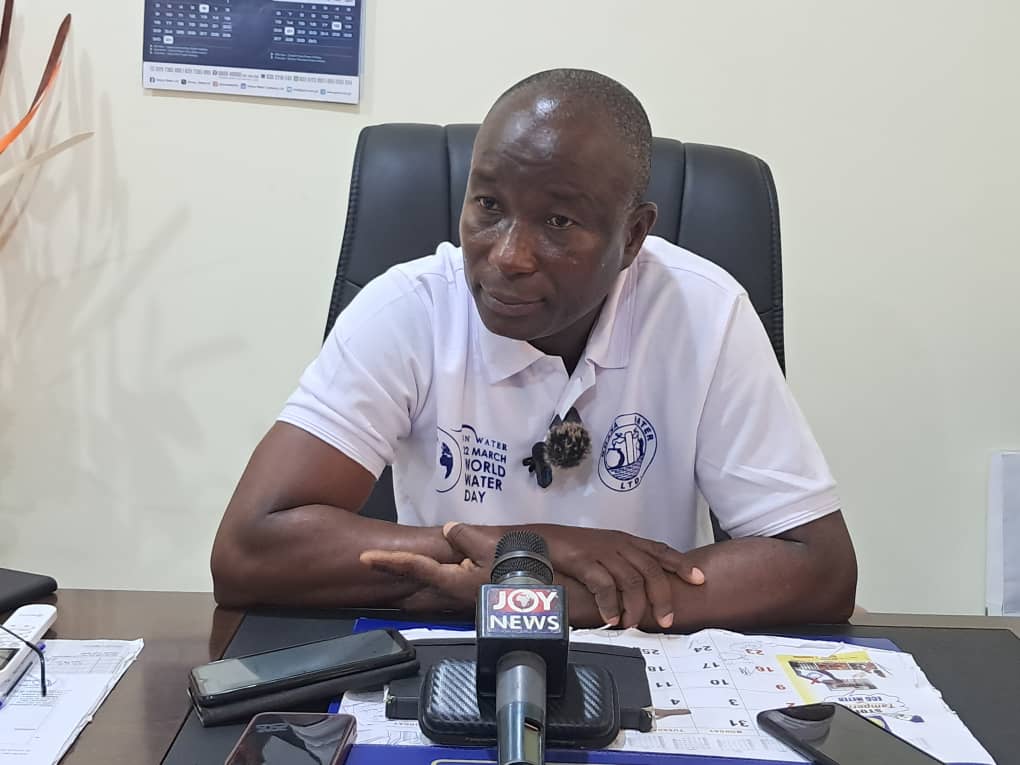
He revealed that the failure to clear these arrears had placed enormous pressure on GWL, making it increasingly difficult to pay workers, purchase essential water treatment chemicals, maintain infrastructure, and undertake new projects aimed at improving service delivery.
He noted that the defaulters included private institutions, companies, and entire communities, urging all those in debt to settle their bills promptly.
Introduction of Paperless Billing and E-Payment System
To enhance efficiency and ease the burden of bill payments, Ing. Kwofie announced that Ghana Water Limited has fully transitioned to a paperless billing system.
As part of this initiative, the company has introduced an electronic billing platform, allowing customers to conveniently pay their bills by dialing *1010# on all networks.
“This new e-payment system eliminates the need for customers to spend time and money traveling to GWL offices just to settle their bills. Now, payments can be made from anywhere, at any time,” he stated,
adding that the digital transition would greatly improve revenue collection and service efficiency.
Challenges of Illegal connections, meter tampering, and water Theft
Adding to the issue, Water Quality Assurance Manager, central region, Mr. Nicholas Okyere highlighted the growing problem of illegal water connections, which, he revealed, resulted in the company losing approximately 20% of its revenue.
Mr. Okyere also raised concerns over meter tampering, where individuals manipulate meters to avoid accurate billing.
Additionally, he revealed that some customers have resorted to stealing their water meters, making it difficult for the company to track consumption and enforce payments.
He warned that such activities are putting immense pressure on the company’s ability to maintain a stable and reliable water supply.
To curb this menace, he disclosed that GWL had introduced a reward system to encourage public participation in exposing water and meter theft.
Under this scheme, individuals who reported cases of meter tampering or illegal connections leading to the arrest of culprits would be rewarded.
“Water theft is a major challenge that affects not just the company but also law-abiding customers who rely on us for uninterrupted supply. We urge the public to assist us in fighting this issue by reporting any illegal activities they come across,” he appealed.
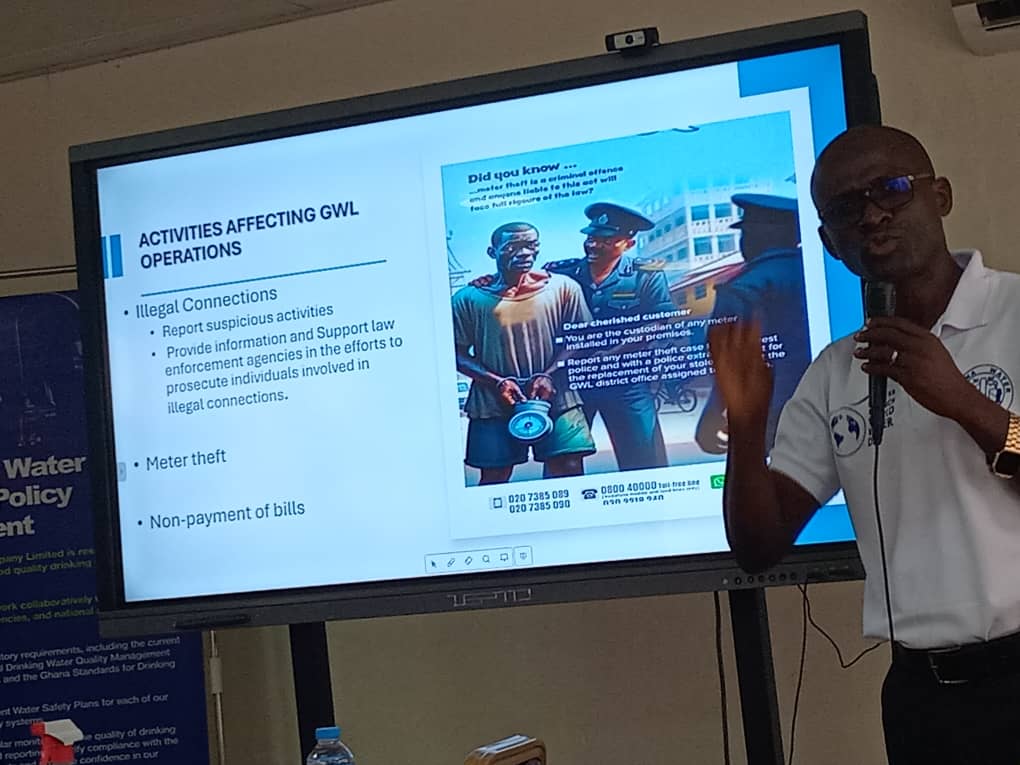
Water supply Improvements and climate change impact
Providing an update on water supply, Mr. Okyere acknowledged that while there had been slight improvements compared to last year, the company continued to face significant challenges due to climate change.
He revealed that the previous year and the early months of this year had been particularly difficult, as prolonged dry seasons and erratic rainfall patterns had affected water sources, making it harder to meet demand.
He further explained that farming activities near water bodies were exacerbating the problem.
He pointed out that farmers’ increased use of agrochemicals, fertilizers, and pesticides was contaminating water sources, while deforestation and soil erosion were causing increased sedimentation in rivers and reservoirs.
“We are seeing more cases of algal blooms in water sources due to nutrient pollution. Farming is now taking place dangerously close to water bodies, and this is accelerating the degradation of our water quality,” he warned.
Declining water resources
Outgone central regional director, community water and sanitation agency, Dr. Ato Quansah provided a sobering analysis of water availability in the Central Region, pointing out that the area predominantly relied on surface water, while some parts depended on groundwater.
He noted that over the past 50 years, the availability of fresh water had declined by half, whereas the human population had doubled.
“If you are 60 years old today, when you were 10, the amount of fresh water available was twice what it is now. Meanwhile, while water resources have declined, the demand has surged due to rapid population growth, making it increasingly difficult to serve everyone,” he explained.
He further warned that water quality has deteriorated across all major benchmarks—chemically and physically—placing the country in what he described as “a very dire situation.”
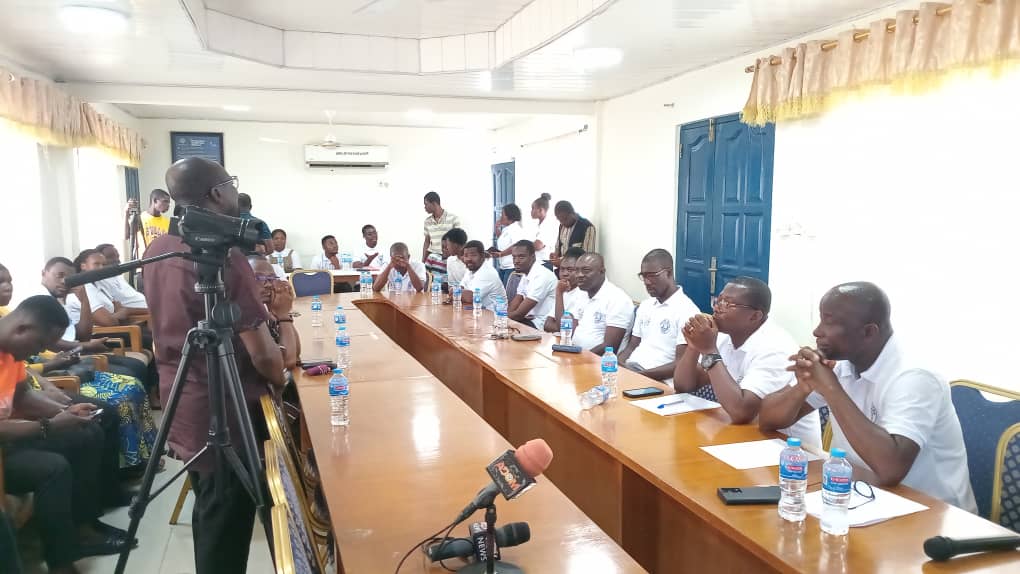
Call for urgent water conservation measures
Given the alarming trends, Dr. Quansah stressed that water conservation was no longer an option but a necessity.
He urged individuals, businesses, and institutions to adopt sustainable water usage habits, emphasizing that failure to act now would lead to severe water shortages in the near future.
“We are in a very critical situation, and the only solution left is to conserve water. If we fail to do so now, we risk facing an even more severe water crisis in the years ahead,” he cautioned.
He called on the public to play an active role in protecting water resources by avoiding wasteful usage, reporting illegal connections, and advocating for policies that promote water sustainability.
His remarks underscored the urgency of collective action to safeguard water resources for future generations.
Ghana Water Limited, he assured, was committed to improving service delivery, but the success of these efforts depended on public cooperation and responsible water usage.






